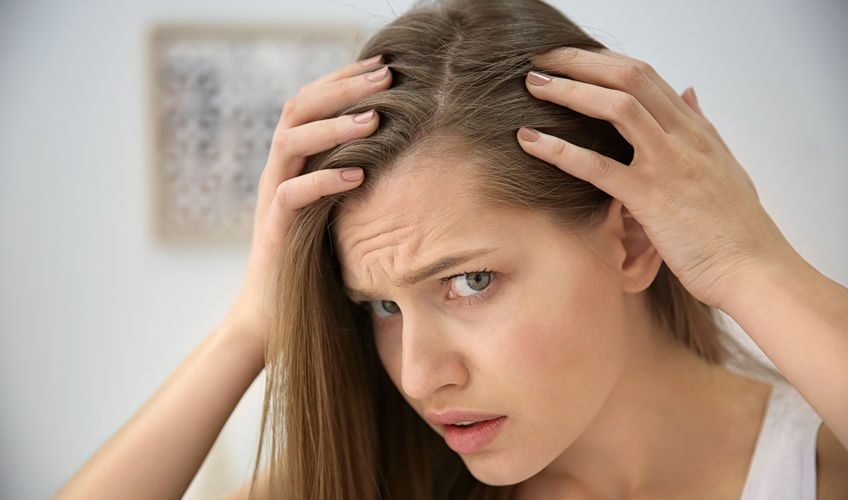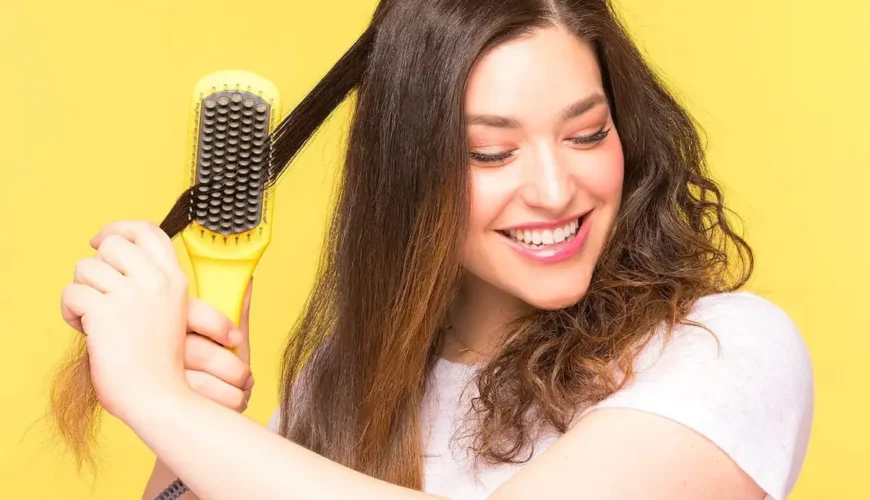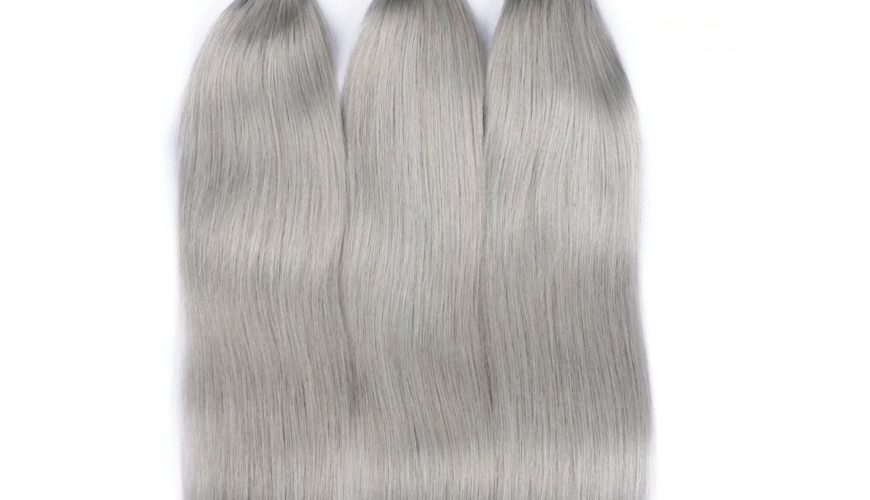The idea of hair loss can, ironically, have you ripping your hair out. Certain changes happen to our faces as we age, such as wrinkles and loss of skin elasticity. Signs of aging also manifest in changes to how bodies look and feel, but nothing shows off a serious case of “aging” the way hair loss does for women. We’ll go to any lengths to maintain or preserve our hair long term. Some use remedies like Rogaine or certain shampoos that can stimulate hair growth, while others use chemicals or undergo restoration procedures like hair transplants for women, depending on the severity.
According to the American Academy of Dermatology, an individual loses an average of 50 to 100 strands of hair daily. The hair cycle grows in three stages, namely the telogen phase, the anagen phase, and the catagen phase. The anagen phase is a period of two to eight years which is characterized by intensive hair growth. The catagen phase occurs in two weeks that is characterized by shrinking of the hair follicle. The last stage is the telogen phase, which is characterized by hair rest. The telogen phase lasts about three months.
What makes these phases indistinguishable is that each hair strand experiences a different stage. Studies done by dermatologists concluded that an average hair strand grows about six inches annually. Some individuals may experience hair loss at a more significant extent than others. Men experience hair loss in the form of a receding hairline; while women experience hair loss as thinning of their hair density. Some individuals may experience an unusually high amount of hair loss as increased hair remnants in your hairbrush or increased hair loss after a shower. In this article, we will look at the likely causes of hair loss in women which are:
Hormonal Imbalance
Hormones play a role in the growth of hair. Estrogen hormone promotes hair growth, while androgens like testosterone are inhibitors of hair growth. Any condition that may cause hormonal imbalance will most likely affect the rate of hair growth. For example, Polycystic ovarian syndrome causes increased production of testosterone which will facilitate hair loss. Hair loss is worsened if the individual has a genetic condition that predisposes them to follicle sensitivity to hormonal imbalance.

Birth Control
Changes in the birth control method used or going off birth control may also cause hormone-induced hair loss. This type of hair loss is known as telogen effluvium, meaning that the hair loss is temporary, and once hormone balance has been restored, the regular hair growth rate will be re-established.
Childbirth
The pregnant period in most females is characterized by rapid hair growth in terms of length and volume. This is due to the increased estrogen and progesterone hormone, which are considered hair growth-friendly hormones. The rapid increase in hair volume is attributed to reduced hair shedding. However, after childbirth, the serum estrogen levels fall to normal levels which may present as hair loss. In some women, the hair loss may be mild; however, in others, they experience dramatic hair loss. This type of hair loss is known as telogen effluvium, as it is temporary hair loss.
Psychological Stress
Stressful conditions such as loss of a job or a family member may cause temporary hair loss. This is because all available resources will be used to meet the increased body demands. Dermatologists tried to explain stress-related hair loss to an increased amount of cortisol hormone and testosterone levels in the woman’s body. Stress also has an impact on one’s overall health and eating habits which may be directly linked to temporary hair loss.
Genetics
According to the American Academy of Dermatology, over 30 million American women experience hair loss mainly from the crown of their heads, especially in the late 50s and 60s. The reason behind this is each time a hair follicle falls it is replaced by a thinner version of the hair follicle. This continues up to a point where the hair follicle does not grow thus age-related hair loss in women.
Medicines
Some medications, like drugs used in cancer therapy, are associated with hair loss. Since cancer is a disease characterized by high multiplication of the cancerous cells, medicines given during cancer therapy targets to limit the extent of proliferation, and, because hair cells normally multiply at a high rate, they would be affected if an individual takes anticancer drugs.

Skin Conditions
Skin conditions like seborrheic dermatitis and psoriasis are associated with hair loss. These conditions are caused by a fungal infection that will inflame the skin tissue. An inflamed skin will most likely produce an itch and scalp flakiness that will cause hair loss. The scalp flakiness will cause dandruff.
If your scalp has dandruff and is extremely itchy, some of the home remedies include using hair shampoo that contains zinc pyrithione or small amounts of sulfur.
Autoimmune Diseases
An autoimmune disease is characterized by the immune system viewing the hair follicles as foreign and attacking them. Alopecia areata is an autoimmune disorder that affects the hair follicles and causes hair loss. Dermatologists recommend a corticosteroid injection as a therapy to stimulate hair growth in patients with alopecia areata.
Nutritional Deficiency
The hair growth process is a process that demands the use of certain nutrients. Deficiency in vitamin B3, vitamin B12, iron, folic acid, and some proteins will lead to hair loss. Individuals on a strict plant diet may experience hair loss due to vitamin B12 deficiency. The source of vitamin B12 is found only in animal proteins.

Hairstyles
Having too tight hairstyles for a long time either as tight braids or a tight ponytail will impact a strain on the hair roots, which will cause progressive hairline loss. This type of hair loss is known as traction alopecia. Also, over-processing your hair by using heat or chemicals like bleach and relaxing procedures will weaken the hair predisposing it to hair loss. In some extreme cases, tight hairstyles may cause hair scarring and can damage the hair follicle to the point of no repair.




